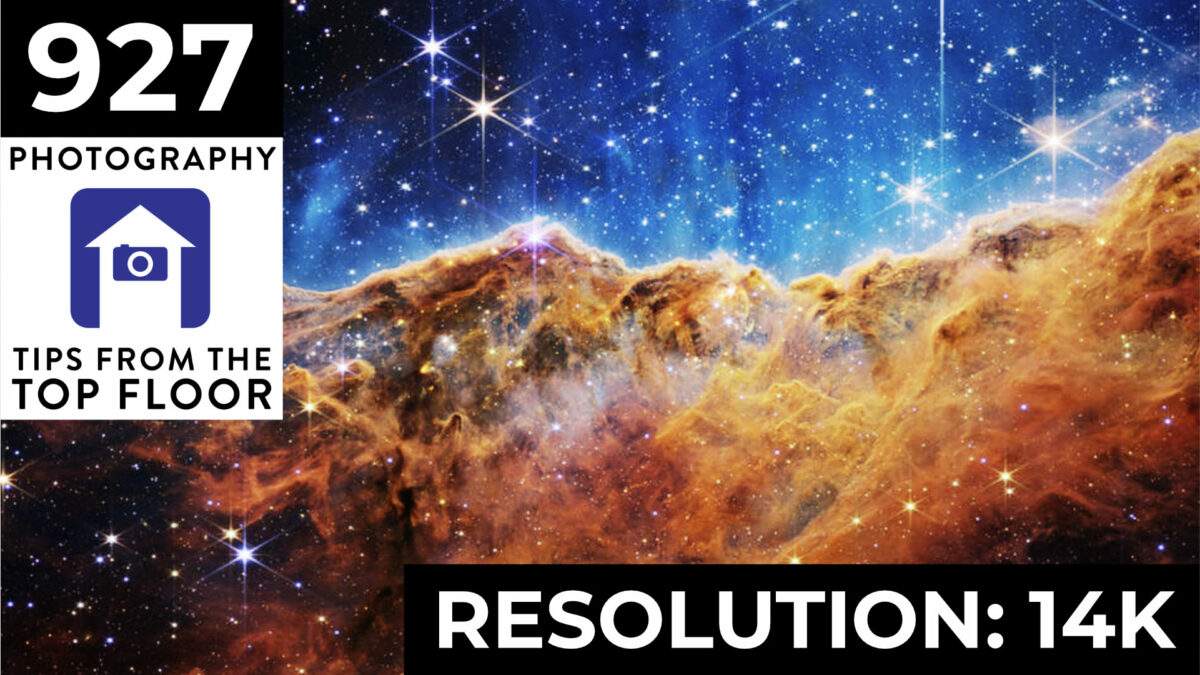Today we’ll touch on the Adobe content analytics issue, a bit of Flickr pro drama, big movies shot on film and a really interesting firmware from Canon.
Topics:
- [WORKSHOPS] Almost Full: Eastern European Photo Roadtrip : The September Eastern European tour is filling up. The Sep 2-11 leg has one spot left, the Sep 14-23 leg has two spots left.
On these tours we’ll touch Berlin, Dresden, Prague, Vienna, Budapest and Transylvania with lots of Eastern European culture and history and great photography over the course of 10 days. Don’t delay, let me know if you have questions.
- [PHOTO, NEWS] Adobe Denies AI Training With Your Pics : Recently, there was a suspicion that Adobe uses data from its customer’s cloud pictures to train its AI models. In TFTTF 927, I talked about that. Petapixel reached out to Adobe for clarification. Adobe responded that they had that policy in place for a decade and that they do not use any data stored on customers’ Creative Cloud accounts to train their experimental Generative AI features.
- [PHOTO, NEWS] Flickr Pro Ads or Not? : Photographer and long-time Flickr user, Thomas Hawk, posted on Twitter about his disappointment over the introduction of ads on Flickr Pro accounts, despite their policy stating ads should never appear on Pro member’s accounts. Alastair Jolly of SmugMug responded quickly by saying that the ads were the result of a bug while introducing new features. Drama averted!
On the note of social media, you can find Chris on Mastodon:
@[email protected]
@[email protected] - [PHOTO] Film Is Magic. Hollywood Agrees : Film photographer Isabelle Baldwin posted a Twitter thread about Oscar-nominated movies shot on Kodak film, highlighting the advantages of shooting on film over digital, including the unique look and feel it gives to the final product. And Chris agrees. Shooting on film changes the approach to photography, some of it is because you make decisions on film stock and sensitivity at the beginning of the workflow, freeing up the photographer’s focus on the creative aspects of taking the picture. Also the limited number of shots per roll of film increases the perceived value of each shot.
Nice little side effect of Hollywood shooting on Kodak Film: It’ll help them keep making film for photographers.
- [PHOTO] R6 II Stop Motion Animation Firmware : This one slipped under Chris’ radar: Canon makes a special firmware for stop motion animation that is specifically supported by Dragonframe with the Canon EOS R/RP/R6 Mark II. The firmware increases live view resolution to full HD, adds focus peaking, has aperture lock and focus programming. Plus a couple of side effects.
<3 Support the show on Patreon or with a donation
Audio: Download the MP3 for this episode



